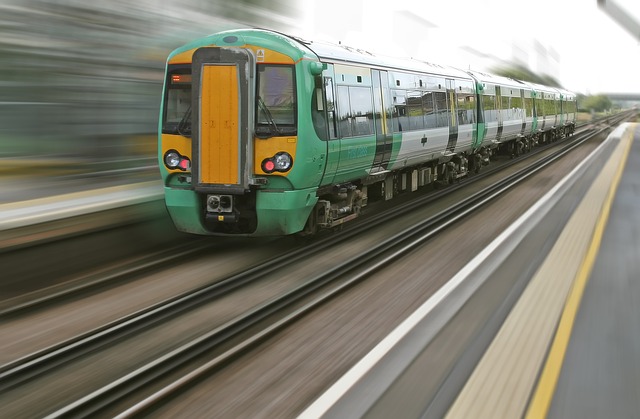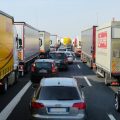On 22 September 2004, a commercial aircraft flying from Sydney to Los Angeles disappeared over the Pacific Ocean. It crash-landed on a mysterious island and its passengers were left to fend for themselves for the next 6 seasons. Thus begins the TV show Lost.
Millions of travelers use public and mass transportation every day, whether that’s subways, bullet trains, buses, or airplanes. Few of us worry about anything other than whether we’ll arrive on time. The vast majority of the time, these daily commutes go by without incident, but on a very rare occasion, disaster strikes. Mass transit technology has improved dramatically in the 21st century, but despite painstaking engineering and safety regulations, the last decade has seen its share of accidents. Here are some of the worst.
1. Washington, DC, Subway Collision
With eight fatalities and roughly 80 reported injuries, the 22 June 2009 Red Line Crash is the Washington Metro system’s most deadly and severe incident to date. The event occurred during rush hour, on the system’s Red Line. One train heading south collided with another train stopped on the tracks. An investigation determined that the track had a fault circuit, which failed to let the moving train know about a stationary vehicle on the track ahead. This rendered the stationary train essentially invisible to the oncoming one, causing mass casualties.
2. Chatsworth Train Collision
On 12 September 2008, one of Los Angeles’ Metrolink commuter trains smashed head-on into a Union Pacific freighter along a curved segment of the Ventura County line, killing 25 people. The commuter train caused the accident when it blew past a red signal, despite the Union Pacific freight train having the right of way. It was so severe that it led to many emergency management and safety reforms, including the Rail Safety Improvement Act of 2008. The sheer carnage of the crash scene makes it the worst accident in the Metrolink’s 25-year history.
3. Uttar Pradesh Train Accidents
While India is somewhat infamous for its lax attitude towards mass transit safety, the country’s poor record regarding train accidents reached a breaking point on 2 January 2010. That day, three separate train accidents occurred in the Uttar Pradesh region, involving a total of five trains, due to dense fog conditions. Thankfully, only 15 fatalities were reported, but the day still stands out for the sheer improbability of so many accidents occurring in one region during a single day.
4. Levina 1 Ferry Accidents
Like India, Indonesia is another country that’s had to deal with an unlikely occurrence of back-to-back public transportation accidents. Trains, subways, and buses may be the most common transportation vehicles, but ferries are equally vulnerable when it comes to tragic accidents. This was proven on 22 February 2007 when the Levina 1, a 2000-ton passenger ferry, caught fire in the waters near Jakarta. 51 people died. When journalists and investigators boarded the ship later to determine the cause of the fire, the ferry sunk, claiming another life and leaving another three missing.
5. Marhanets Bus and Train Collision
Ukraine is plagued with transportation issues ranging from uneven roads, poorly-serviced vehicles, and widespread inattention to traffic and safety laws. These issues extend past personal vehicles, impacting the country’s mass transportation systems. On 12 October 2010, a train collided with a passenger bus, killing 43 passengers and injuring another nine. The sheer number of victims marks this as one of the worst road accidents in the country’s history, and the investigation determined that the late bus driver was responsible for the accident.
6. Surrey Lorry Accident
Even when mass transit drivers and maintenance workers do everything right, freak accidents can still happen. On 5 November 2010, a concrete mixing truck (a lorry, in the UK) fell from a bridge onto a commuter train below. Only 36 passengers were on board at the time. Luckily, not only did no one die, but only five people were injured. This accident stands out from other accidents simply because of the unlikely chain of events that caused it, like the truck crashing through the brick wall on the bridge over the tracks at just the time when the commuter train was passing by. This shows that even the most stringent safety measures still can’t protect against all mass transit accidents.
With the development of self-driving vehicles, more advanced subway systems, and other modes of mass transit, the future of public transportation will get undoubtedly safer. Perhaps sometime soon, all the accidents will be more like Oceanic Flight 815: confined to TV shows for dramatic effect.
































No Comments
Leave a comment Cancel